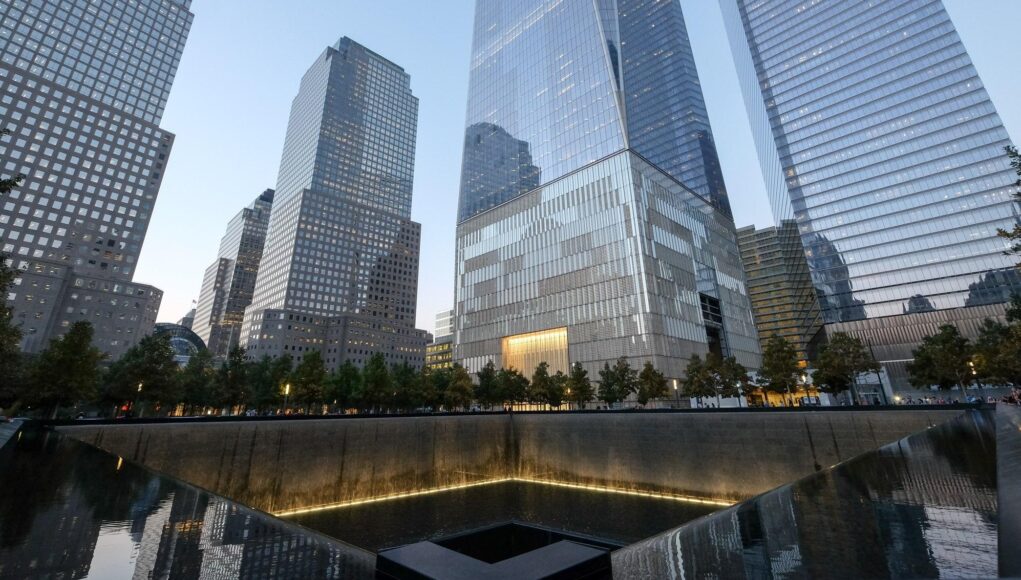Almost a decade has gone by since the 9/11 Memorial was completed on the spot where the twin towers of the World Trade Center once stood. It seems that not a year has passed that Michael Arad isn’t asked to expound on the symbolism of the spectacular twin waterfalls he designed to commemorate the nearly 3,000 victims of the terrorist attacks, or reckon with the arduous process it took to build them.
But the Israeli-American architect says he doesn’t mind being asked the same questions over and over again. On the precipice of the 20th anniversary of 9/11, Arad views the structure in a new light. Instead of agonizing over the minutiae of materials and finishes, Arad says he finally has enough distance to experience it on an emotional level, as a visitor might.
Michael Arad
“Time is a form of distance,” Arad, a partner at the New York firm Handel Architects, says. “With time, you get a different perspective.” Time also seems to have softened the acrimony he may have felt during the Memorial’s contentious design-construction phase that’s been widely covered by the architecture press. “I think for the most part, almost everyone had the best intentions,” he says.
“I’m actually very proud of the way the Memorial came out,” he says. “There may have been substantial changes during the eight year design process, but we were able to hold on to the foundational elements and ideas. For that, I’m very grateful because it could’ve become something really different.”
Visiting the Memorial titled Reflecting Absence during a deadly global health crisis also puts the mass tragedy in a different context. “It’s hard not to think about what’s happened in the world over the last couple of years,” Arad says. “Close to 3,000 people died that day, yet over 1,000 Americans are dying of COVID every day—it’s shocking. How do you think about the sense of community that brought this country together after September 11?”
Arad works in an office a mere two city blocks from the Memorial site—which drew almost seven million visitors in 2018—and hasn’t been entirely able to distance himself from its lore. Since the high-profile project that recently garnered the American Alliance of Museums’s highest accolade, Arad has established a reputation as a leading designer for poignant places for contemplation.
Arad recently showcased his genius for quiet poetic gestures, when he took a stab at designing a memorial for more than 50,000 New Yorkers who died of COVID-19. Responding to Curbed’s call for proposals, Arad conjured a “floating sanctum” in the heart of Central Park Reservoir that only appears when the water level is lowered. “I liked the idea that for one week each year, you could access a place in the city that at other times is just a submerged memory,” Arad said. “The Reservoir exhales, the level of the water sinks, and the dam appears so you can traverse it on foot.”
Arad says that his response to grief has also evolved after the passing of his parents and later being asked to design their tombstones in Israel. “It’s strange when you have to design it yourself,” he says, scanning his iPhone for a snapshot of the two elegant grave markers that he got to see when he visited Israel last month. Arad notes how the typesetting of his parents’ names are intentionally flushed along adjacent spines to metaphorically bring them together.
Arad stands before the Memorial during its 2013 opening ceremonies.










